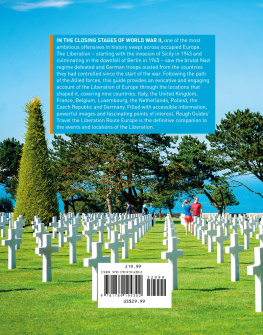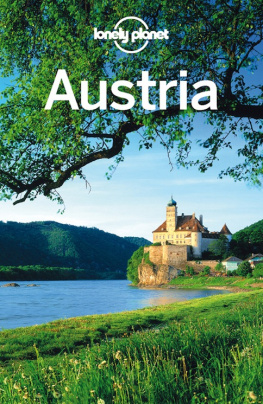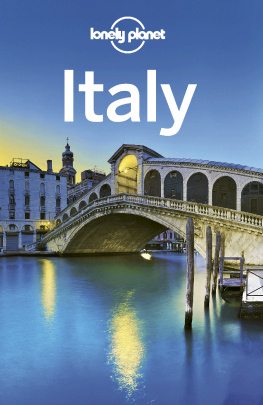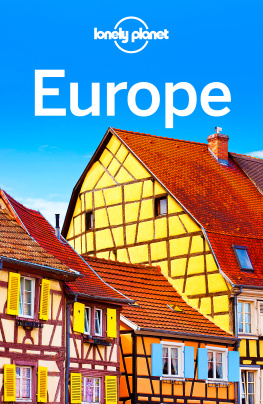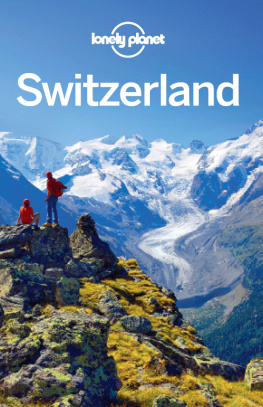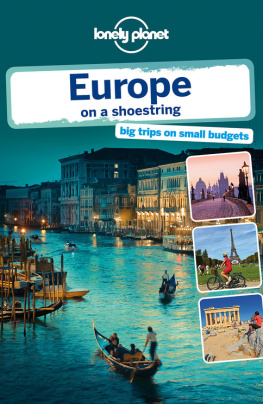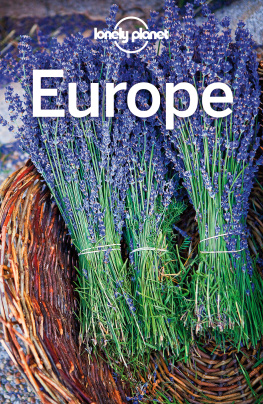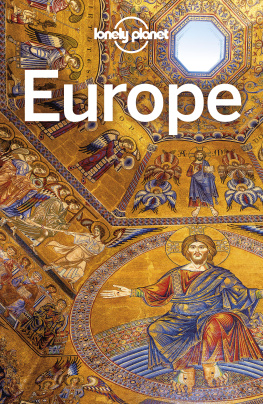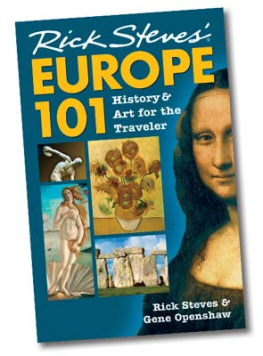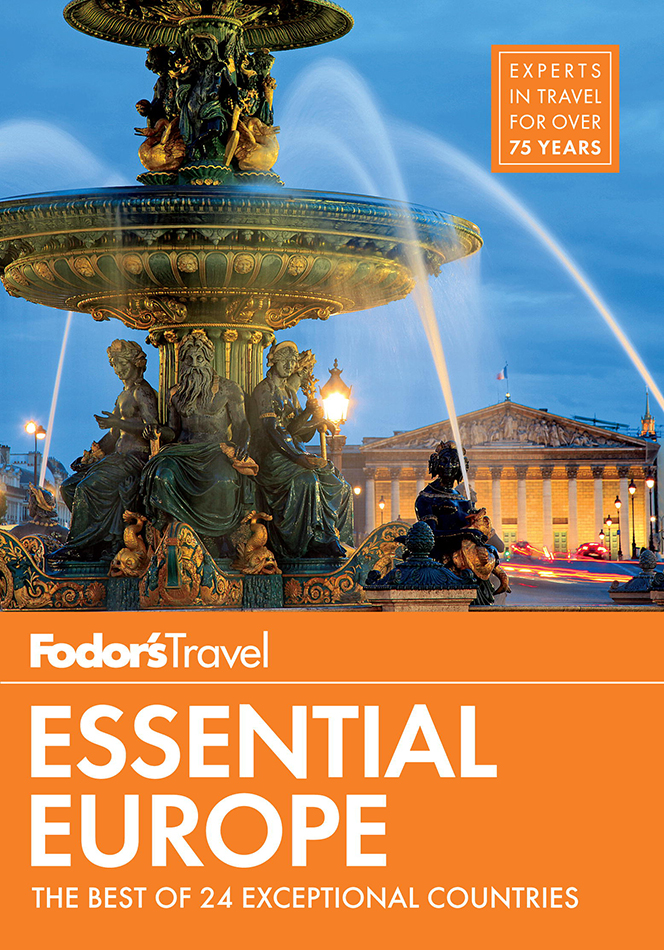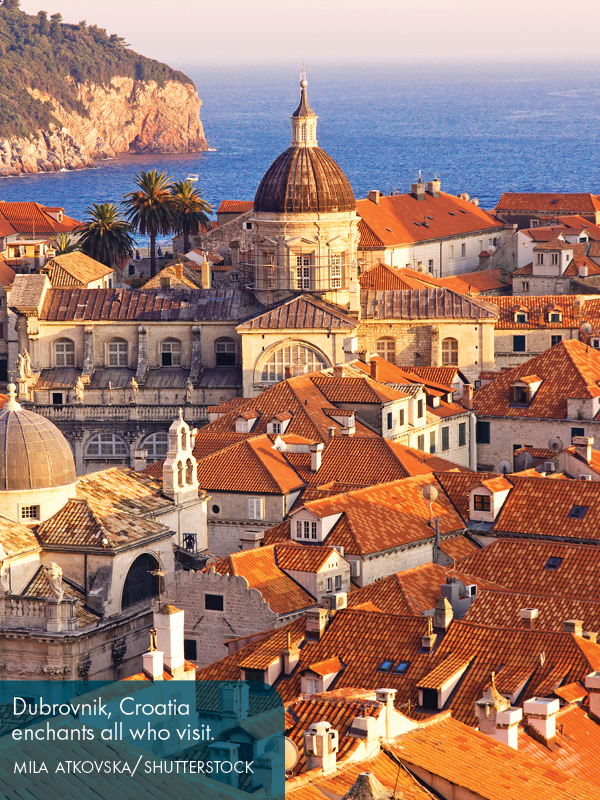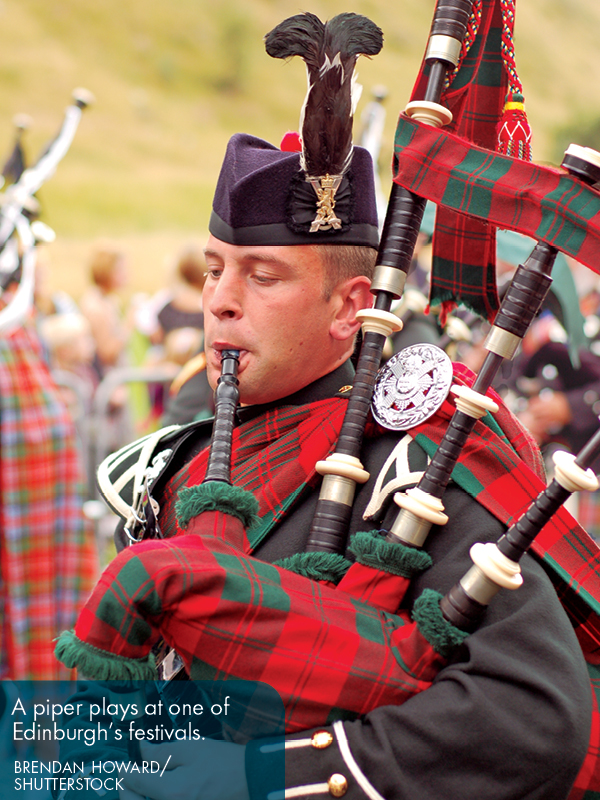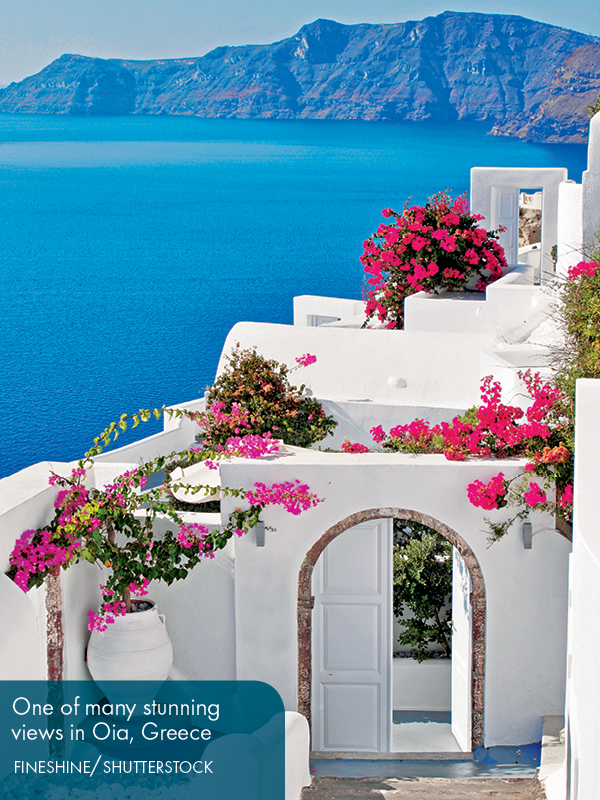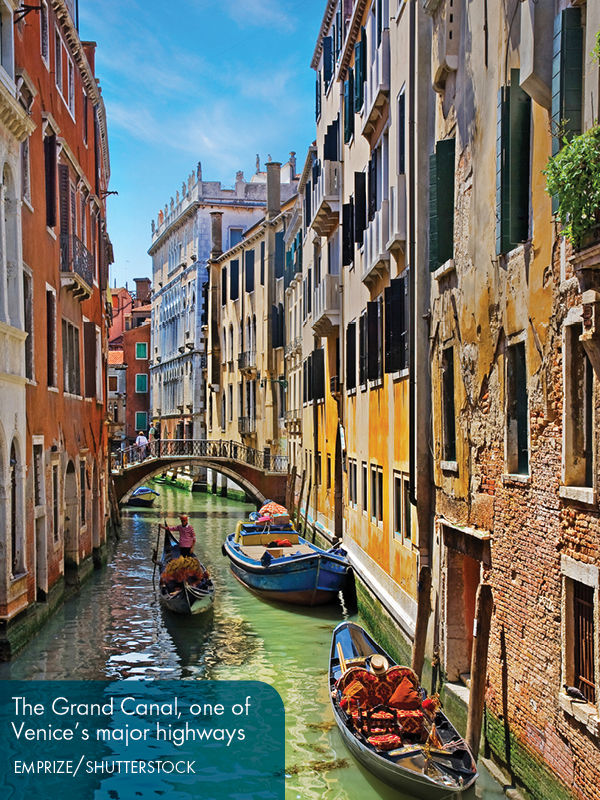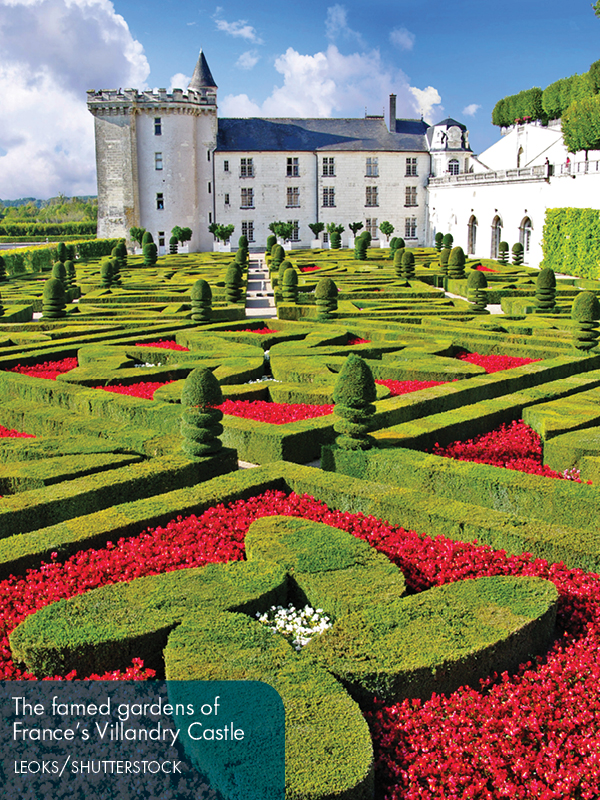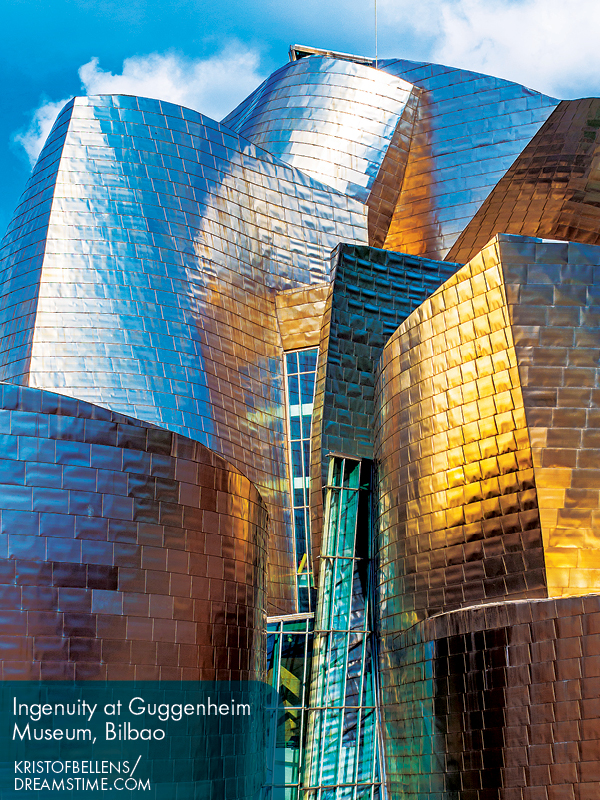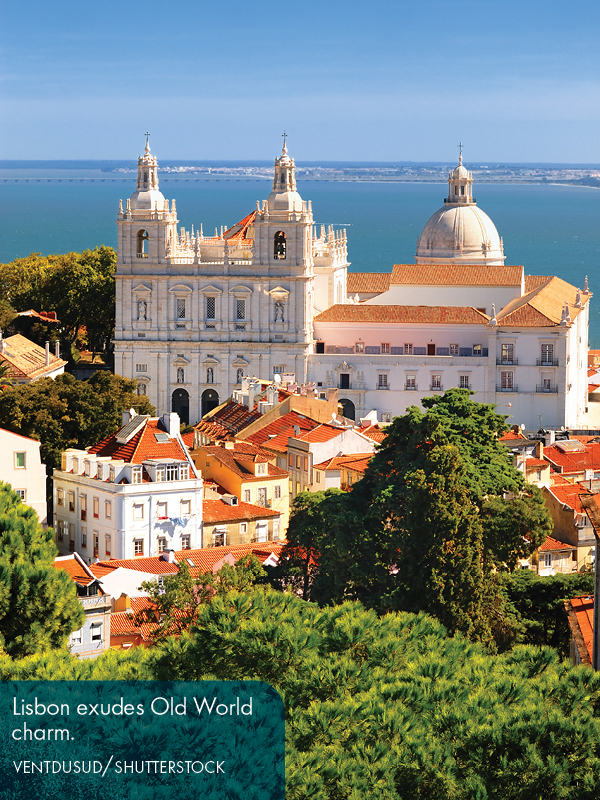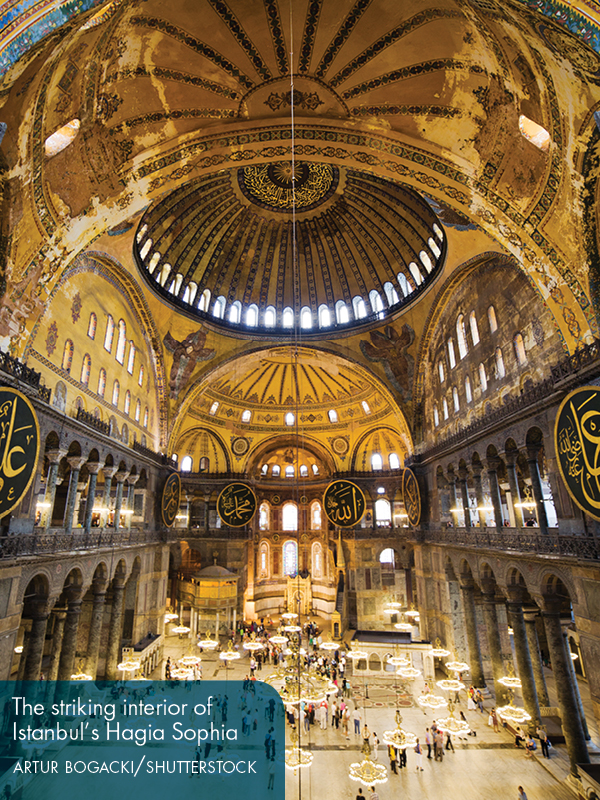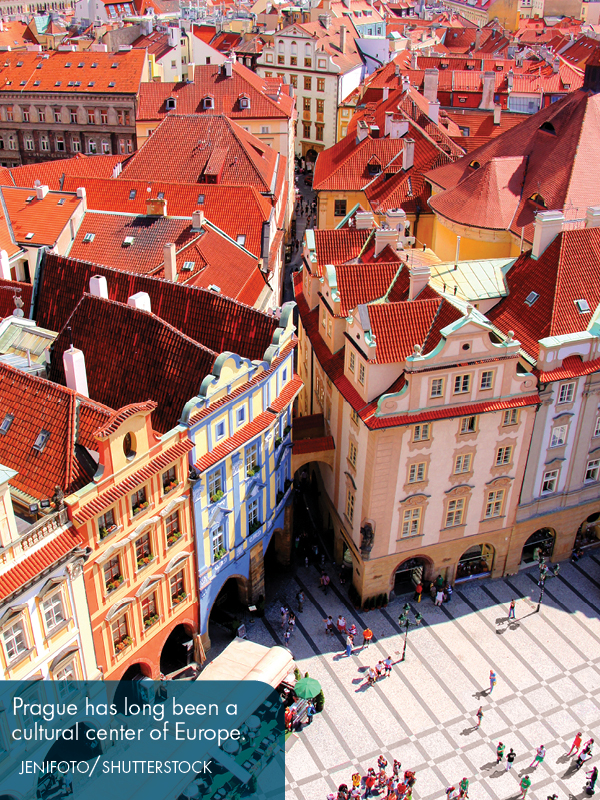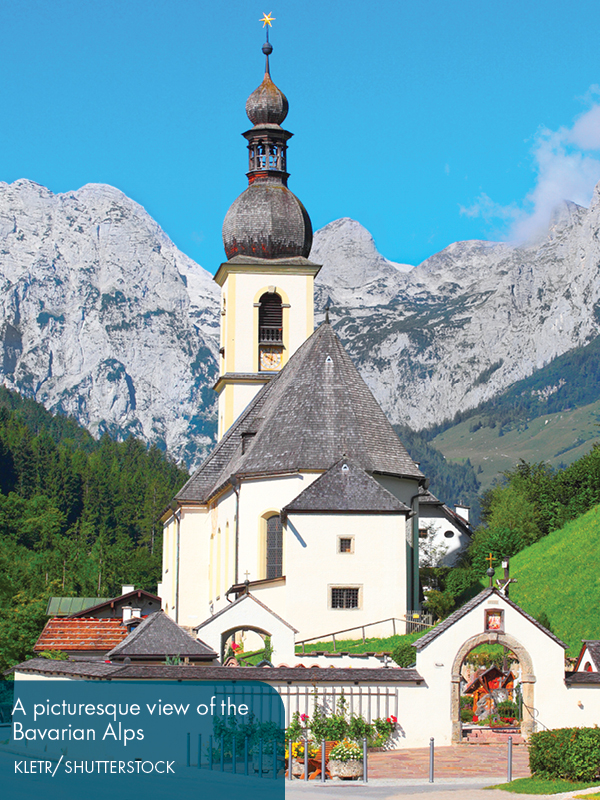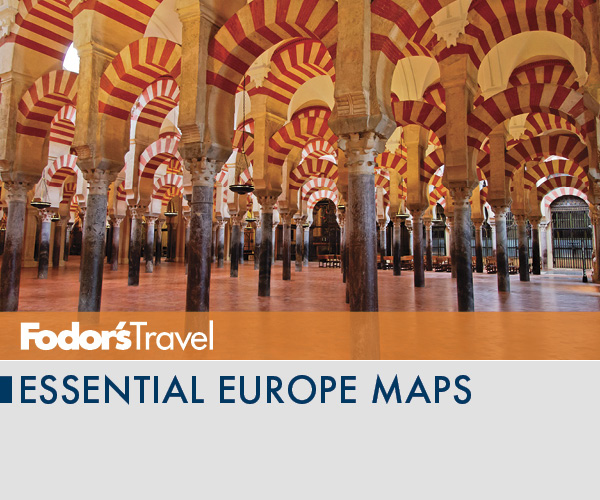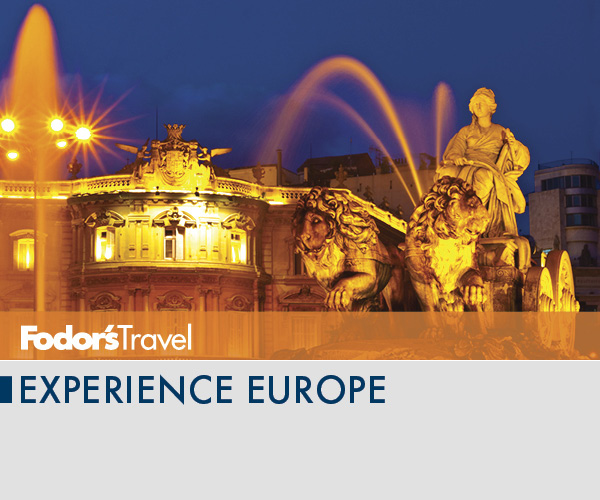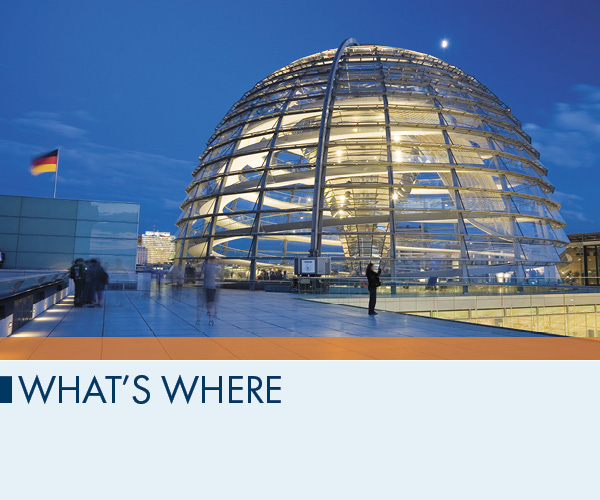Ireland. While isolated at Europes westernmost extreme, Ireland still holds a powerful allure. Modern Dublin has trendy hotels and hipster cafs, but the old stuff is still bestfrom the ancient pubs to the Georgian elegance. More classical experiences lie to the south and west, where the Blarney Stone, the Ring of Kerry, and the Rock of Cashel are set in a land of emerald glory. Belfast, in Northern Ireland, is another up-and-coming tourist destination.
United Kingdom. London, one of the worlds most exciting cities, is filled with ancient pageantry and contemporary buzz. Many top destinations are within two hours of it, including Oxford and Cambridge, centuries-old university towns. Stratford-upon-Avon is Shakespeares birthplace. Farther west is Bath, rich with Palladian architecture. Four hundred miles north of London, Edinburghs landmarks include a medieval castle and a modern Parliament building; farther north still is the Great Glen and its lochs.
Scandinavia and the Baltic States. The northernmost countries of Europe, collectively known as Scandinavia, share a Viking heritage and a sturdy disposition. Residents of the main cities (Copenhagen, Helsinki, Oslo, and Stockholm) are at once urbane and outdoorsy. The nearby Baltic States of Estonia and Latvia are well connected by rail and ferry to Scandinavia; the capitals Talinn and Rga are increasingly popular destinations in their own right. Iceland, with its Scandinavian roots, is often grouped with these countries.
The Netherlands. The Netherlands really is a land of windmills, tulips, and canals, while being a progressive 21st-century nation. The capital, Amsterdam, is famous for its waterways and its laid-back atmosphere. The Hague is home to the queen and a center for international diplomacy. And Delft and Haarlem are smaller, character-rich cities.
Belgium. Diminutive Belgium is split between the Flemish-speaking north and French-speaking south. The two most cosmopolitan cities are Brussels, the multicultural capital, and Antwerp, a bustling port and fashion hotbed. The picture-book town of Brugge has a staggering wealth of fine art.
France. A trip to France should include Paris, the City of Light, to see the Eiffel Tower, Notre-Dame, the Louvre, and scores of other treasures. Yet just on the other side of the Priphrique is the French countryside, where chteauxincluding Versaillesand some of the worlds best food and wine await. And thanks to the countrys high-speed trains, you can whisk down to Provence or the French Riviera in a little more than three hours.
Switzerland. Switzerland packs abundant attractions into a tiny space. Among the cities, Zrich mixes Old World charm with a youthful vibe, while Luzern encompasses the best of the country in a nutshell. But outdoors is where you find Switzerlands scenic masterpieces, such as the lakes, valleys, and peaks of the Berner Oberland region.
Germany. Bordered by nine countries and two seas, Germany sits at the heart of Europe. Its top cities exemplify the countrys diversity: The capital, Berlin, is the essence of hip, with cutting-edge art and a poor but sexy attitude. In the southeast, Munich is famed for its Oktoberfest and beer gardens. To the north is Hamburg, known for its historic harbor and colorful red-light district. Outside the cities, roads wind past half-timber towns, hillside vineyards, picturesque castles, and soaring mountains.
Austria. Its not a large country, but Austrias landscape is almost as varied as its cultural offerings. To some, Austria is synonymous with skiing and hiking in the Tyrolean Alps. To others it means the old-world charms of Viennawith its magnificent opera houses, grand art museums, and unmistakable coffee houses. And if you love The Sound of Music, you wont want to pass up Salzburg.
Czech Republic. After years of Communist rule, the Czech Republic is now finishing its second decade beyond the Iron Curtain. The most popular destination is Prague, where Gothic splendors, including the Charles Bridge and Prague Castle, are dazzling relics of Europes past. The castles in southern Bohemia are also rewarding.
Hungary. Hungary sits at the crossroads of Central Europe, having been ruled by the Turks, Habsburgs, and the Soviets. Today, Budapest is an emerging capital, but the Danube Bend region and Eger offer additional highlights for those with more time.
Portugal. Portugals long Atlantic coastline means that much of the countrys history and culture have been strongly influenced by the sea. The capital, Lisbon, is a port city that mixes modernity and mellow age. Northwest is Sintra, a town that was a summer home for Portuguese royals and aristocrats. The countrys second-largest city, Porto, is the cultural center of the northern region.
Spain. Spains largest cities, Barcelona and Madrid, vie with each other for preeminence. Both have fabulous restaurants, famous museums, and their own distinctive charms. Venture farther afieldto postcard lovely Andalusia, medieval Toledo, or Bilbao with its renowned museumand youll be struck by how the regions differ while still sharing the Spanish zest for life.



